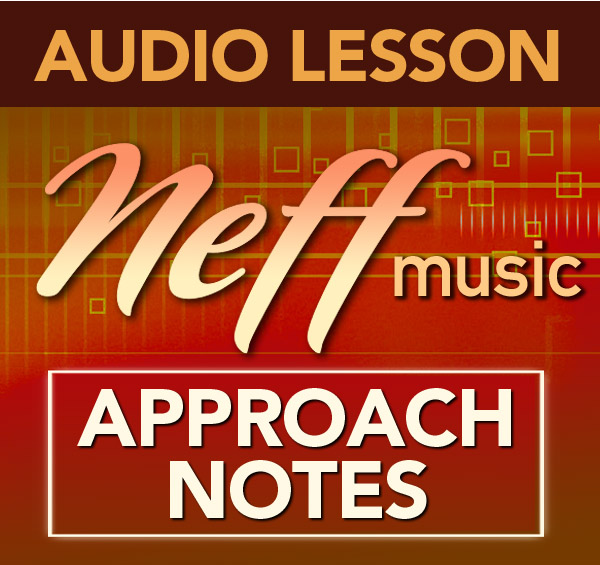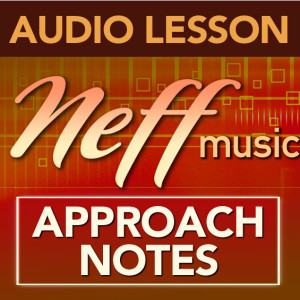Description
In this, the second in a series of lessons on mastering approaches over jazz standards, I use the tune “All the things you are” to teach you how to target and approach the chord tones to produce flowing, logical lines, that move convincingly through the chord changes. These lessons are an offshoot of my “Approach Note Velocity” books. Whereas those books are about playing approaches over static major and minor grooves, these lessons are about playing the approaches on standards that change chords quite often.
I start at the very beginning and show you how to approach, or target the chord tones from a half step below. I demonstrate how to approach the Root, Third, Fifth and Seventh of each chord to build a solo that moves logically and musically from chord to chord, rather than the haphazard “hit or miss” method that many beginners struggle with. Using the great jazz standard “All the things you are,” I show you how to put this method into use straight away. You’ll learn how to practice these approaches so that they become an integral and automatic part of your playing style. As we progress through these Approach Note lessons, you’ll find your technique and musicality improving tremendously as playing over standard changes becomes demystified and accessible. I show you how to apply this method to any tune you’re learning. If you’ve always wondered how the pro players manage to play over chord changes with such apparent ease, and longed to be able to do the same, then working on these “Approach Note” lessons will help you achieve that goal.
This lesson includes a PDF sheet that clearly explains all the approaches I use over “All the things you are.” (Audio)







Niklas –
I want to share some thoughts on the lesson “All the Approaches Lesson 2”. First of all this lesson and others have made me a great deal more patient and confident staying with simple things until I have reached a good level of mastery. They have also helped me discover that some things that seem simple are really beyond my capabilities.
This is a very important awakening.
But the good news is that working on the material in this lesson pays off really well and I clearly notice improvement in my ability to follow the changes. I have always tried to play things that are a bit too complicated while practising playing changes. This lesson (among others) has proven to me that keeping it simple and overlearning simple concepts helps a lot. And it gives you a lot of inspiration to keep going.